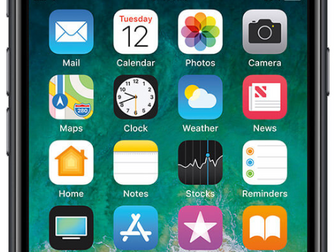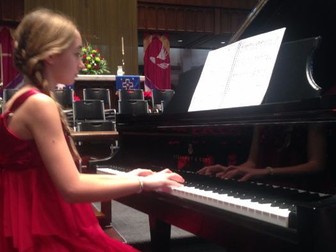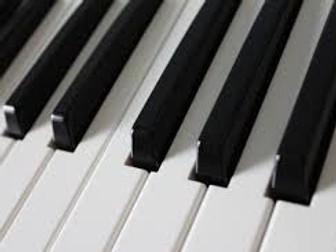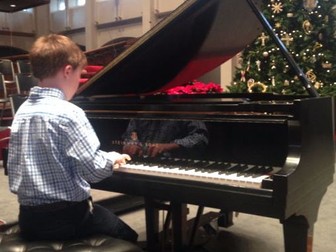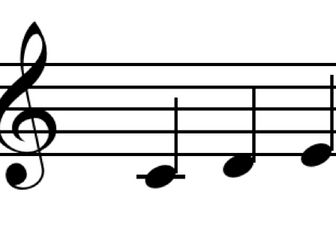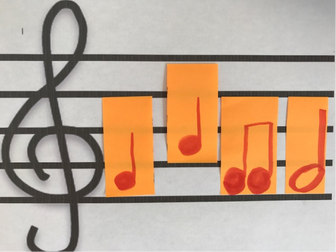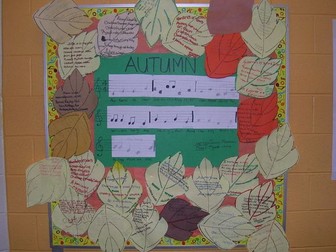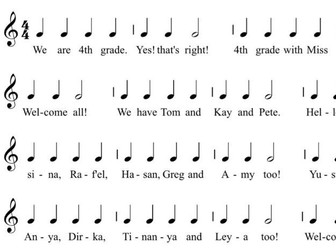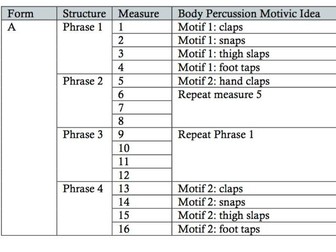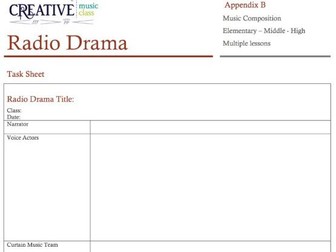
Try-Triads Music Composition Lesson Plan
By Dr. Adriana Janse van Rensburg
Lesson Plan
Music Composition Elementary – Middle -High 2 - 4 lessons
Students will compose a piece of music by using only triads to create a melody and accompaniment.
Objectives
Within 2-4 lessons, students will compose a piece of music based on the three notes of a triad. In the process the student will:
• Explore the concept “triad”.
• Write triads in root position.
• Explore “block” and “broken” chords.
• Write a melody or accompaniment pattern based on triad manipulation.
Concepts
• Triad
• Block Chord
• Arpeggiated or Broken Chord
• Primary Triads (I, IV , V)
• Thirds
• Harmonic Progression
• Cadence
• Harmonic scheme/plan
Photocopiable templates included.

